This Week in AI News
AI News This Week: 8/4/10-8/10/24
Feeling overwhelmed by the tech avalanche this week? With groundbreaking releases from giants like OpenAI, Mistral2, and NVIDIA dropping faster than you can refresh your feed, it’s easy to miss a beat. But don’t stress — whether you’re chasing the latest AI breakthroughs or the hottest hardware, we’ve distilled the must-knows so you can stay ahead of the curve!
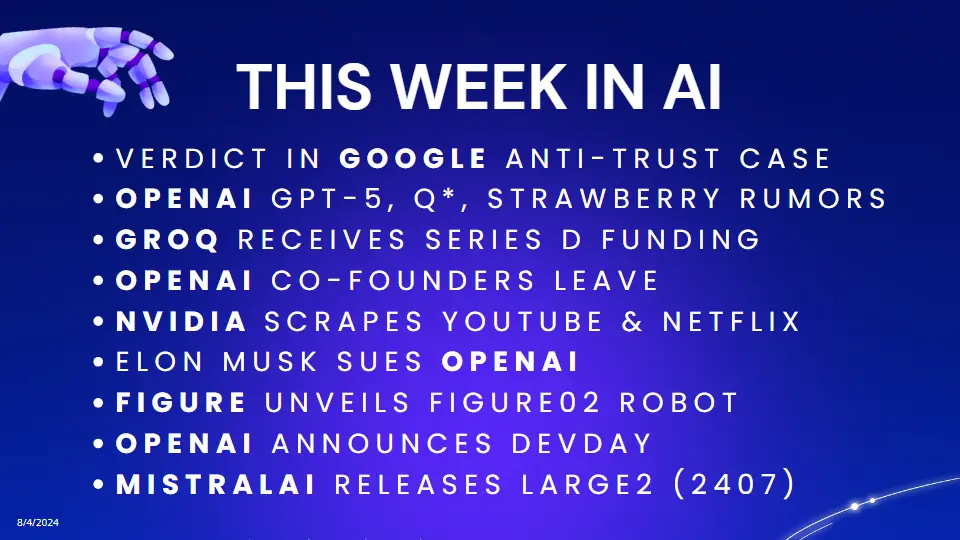
Top AI News
On Monday, a judge ruled that Google acted illegally to maintain a monopoly in online search, a decision carrying significant impact in how consumers search. The recent ruling against Google in the landmark antitrust case represents a seismic shift in the tech landscape and could reshape the future of online search. Here's our analysis of this pivotal decision:
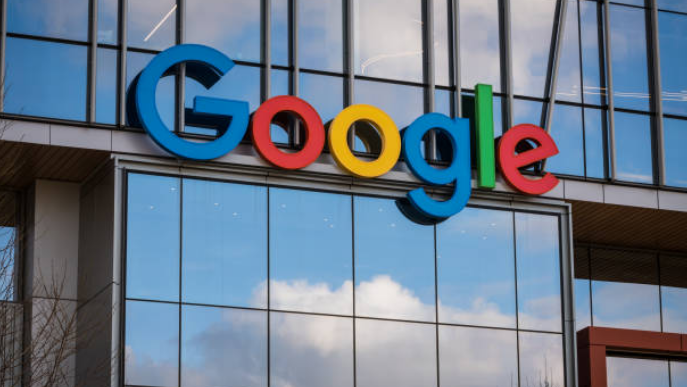
Judge Amit P. Mehta's ruling that "Google is a monopolist" in the search engine market is a watershed moment in the tech industry. This verdict, the first major antitrust decision of the modern internet era against a tech giant, strikes at the heart of Google's business model and could have far-reaching consequences for the company and the broader tech ecosystem.
The case, brought by the Department of Justice and several states, focused on Google's practice of paying billions of dollars annually to device manufacturers and browsers to set Google as the default search engine. This strategy, which the judge deemed anticompetitive, has been a cornerstone of Google's dominance in the search market for years.
The implications of this ruling are profound. It challenges the long-held notion that achieving market dominance through superior products and services is a valid defense against antitrust concerns. Judge Mehta's decision suggests that even if a company's product is superior, using financial muscle to block competitors from gaining a foothold is still anticompetitive.
For consumers, this could mean more choice in how they search the internet. We might see a more diverse search engine landscape, with competitors like Bing, DuckDuckGo, or new entrants gaining prominence. However, it remains to be seen whether users will actively switch from Google, given its entrenched position and perceived quality.
The tech industry at large will be watching closely. This ruling sets a precedent that could impact other antitrust cases against tech giants like Apple, Amazon, and Meta. It signals a shift in how regulators and courts view the power of big tech, potentially leading to more aggressive enforcement of antitrust laws in the digital age.
Google, for its part, is likely to appeal the decision. The company has long argued that its success is due to the quality of its product and that users choose Google because it's the best search engine, not because it's the default. How this appeal plays out could further shape the legal landscape for tech companies.
The remedy phase of this case will be crucial. Judge Mehta will now need to determine appropriate measures to address Google's monopolistic practices. This could range from fines to more structural changes in how Google operates its search business. The most extreme outcome could involve breaking up parts of Google's business, though many experts consider this unlikely.
As we await the next steps in this legal battle, one thing is clear: the era of unchecked growth and dominance for tech giants is coming to an end. This ruling against Google marks a turning point in how we regulate and view the power of big tech in our digital lives. The reverberations of this decision will be felt across Silicon Valley and beyond for years to come.
Numerous X accounts linked to OpenAI & Sam Altman have posted strawberry memes, teasing an advanced model release in the fast moving AGI race. The swirling rumors around OpenAI's next big release, potentially GPT-5 or the mysterious Q* and "Project Strawberry," have set the AI community abuzz with speculation and excitement. Here's our analysis of the current situation:

OpenAI, the company that brought us ChatGPT and revolutionized the AI landscape, seems to be on the verge of another groundbreaking announcement. The tech world is rife with rumors about their next big project, with cryptic hints coming from unexpected places – namely, strawberry emojis and memes posted by X (formerly Twitter) accounts associated with OpenAI and its CEO, Sam Altman.
These playful social media teasers have ignited a firestorm of speculation. Are we looking at the imminent release of GPT-5, the next iteration of their powerful language model? Or could this be the unveiling of the enigmatic Q*, a project that some insiders claim represents a significant leap towards artificial general intelligence (AGI)?
The timing of these hints is particularly intriguing. With Google recently releasing Gemini Ultra and openly discussing their work on the next generation of the model, the pressure is on OpenAI to maintain its position at the forefront of AI development. This social media campaign could be a strategic move to keep OpenAI in the spotlight and build anticipation for their next release.
The use of strawberry imagery – dubbed "Project Strawberry" by speculators – is particularly cryptic. It could be a codename for the project, a reference to a key feature or capability, or simply a playful misdirection. Whatever its meaning, it's certainly succeeded in capturing the attention of the tech community.
If these teasers do indeed point to the release of GPT-5, we could be looking at a model that significantly surpasses the already impressive capabilities of GPT-4. Potential improvements could include enhanced reasoning abilities, more accurate and contextually appropriate responses, and possibly even new modalities of interaction.
On the other hand, if this is related to the rumored Q* project, we might be witnessing the early stages of a paradigm shift in AI. Some insiders have suggested that Q* represents a major breakthrough in AI's problem-solving and reasoning capabilities, potentially bringing us closer to AGI than ever before.
However, it's important to approach these rumors with a degree of skepticism. The AI field is known for its hype cycles, and companies often use mysterious teasers to build excitement. While OpenAI has a track record of delivering groundbreaking technologies, the true nature and capabilities of their next release remain to be seen.
What's clear is that the race towards more advanced AI is accelerating. With major players like OpenAI and Google pushing the boundaries of what's possible, we're likely to see significant advancements in AI capabilities in the coming months and years.
As we await official announcements from OpenAI, the tech world remains on high alert, ready to analyze and dissect whatever comes next. Whether it's GPT-5, Q*, or something entirely unexpected, one thing is certain: the next chapter in AI development is about to unfold, and it promises to be as exciting as it is unpredictable.
A leader in fast AI inference, Groq raised a $640M Series D round at a valuation of $2.8B, led by Blackrock & numerous investors to scale capacity, talent, & an accelerated next-gen LPU. The recent $640 million Series D funding round for Groq represents a significant milestone in the rapidly evolving AI chip industry. Here's our analysis of this major development:
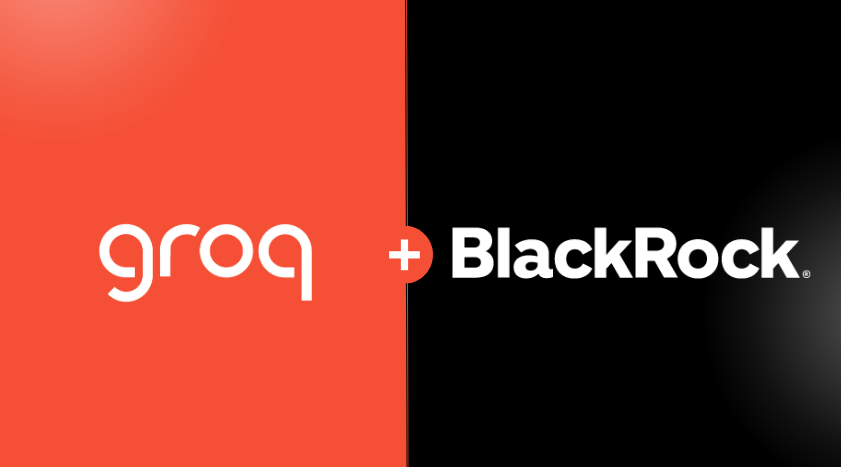
Groq, a rising star in the AI inference space, has just secured a massive $640 million in Series D funding, catapulting its valuation to an impressive $2.8 billion. This round, led by BlackRock Private Equity Partners, included participation from a roster of heavyweight investors such as Neuberger Berman, Cisco Investments, and Samsung Catalyst Fund, among others. The scale of this investment and the caliber of investors involved underscore the growing importance of specialized AI hardware in the tech ecosystem.
What sets Groq apart is its focus on AI inference - the process of deploying trained AI models for real-world applications. As AI moves from the training phase to widespread deployment, the demand for efficient inference solutions has skyrocketed. Groq's unique, vertically integrated AI inference platform has clearly struck a chord with developers seeking exceptional speed and performance.
The numbers speak volumes about Groq's traction in the market. The company boasts over 360,000 developers building on GroqCloud, leveraging popular open-source models like Meta's Llama 3.1 and Google's Gemma. This rapid adoption highlights the growing trend towards democratized AI development, where smaller players can access powerful AI capabilities previously limited to tech giants.
Groq's ambitious plans for this funding are noteworthy. The company aims to deploy over 108,000 of its proprietary LPUs (Linear Processing Units) manufactured by GlobalFoundries by Q1 2025. This would mark the largest AI inference compute deployment outside of major tech companies, potentially reshaping the landscape of AI infrastructure.
The addition of Stuart Pann, a veteran from HP and Intel, as COO, and Yann LeCun, Meta's Chief AI Scientist, as a technical advisor, further bolsters Groq's leadership team. These high-profile appointments signal the company's intent to compete at the highest levels of the AI hardware industry.
Groq's success comes at a critical juncture in the AI chip market. While NVIDIA has dominated the space, there's a growing demand for specialized, efficient AI hardware, especially for inference tasks. Groq's focus on software-first design and its promise of "instant speed" for AI applications position it as a potential disruptor in this highly competitive field.
The implications of this funding round extend beyond Groq itself. It reflects a broader trend of substantial investments flowing into AI infrastructure companies, as the industry grapples with the computational demands of increasingly sophisticated AI models. This influx of capital could accelerate innovation in AI hardware, potentially leading to more efficient and accessible AI technologies across various sectors.
However, challenges remain. Groq will need to deliver on its promises of superior performance and scalability to justify its high valuation. The company will also face stiff competition from established players and other well-funded startups in the AI chip space.
As we look ahead, Groq's journey will be one to watch closely. Its success or failure could have far-reaching implications for the future of AI deployment and the broader tech industry. With this substantial funding and strong investor backing, Groq is well-positioned to make a significant impact on the AI inference landscape, potentially reshaping how we think about and deploy AI in the coming years.
NVIDIA’s team reportedly scraped content from Youtube, Netflix, & Discovery to train new AI models without permission, sparking controversy. the recent allegations against NVIDIA regarding unauthorized scraping of content from YouTube, Netflix, and other platforms for AI training purposes represent a significant and controversial development in the AI industry. Here's our analysis of the situation:
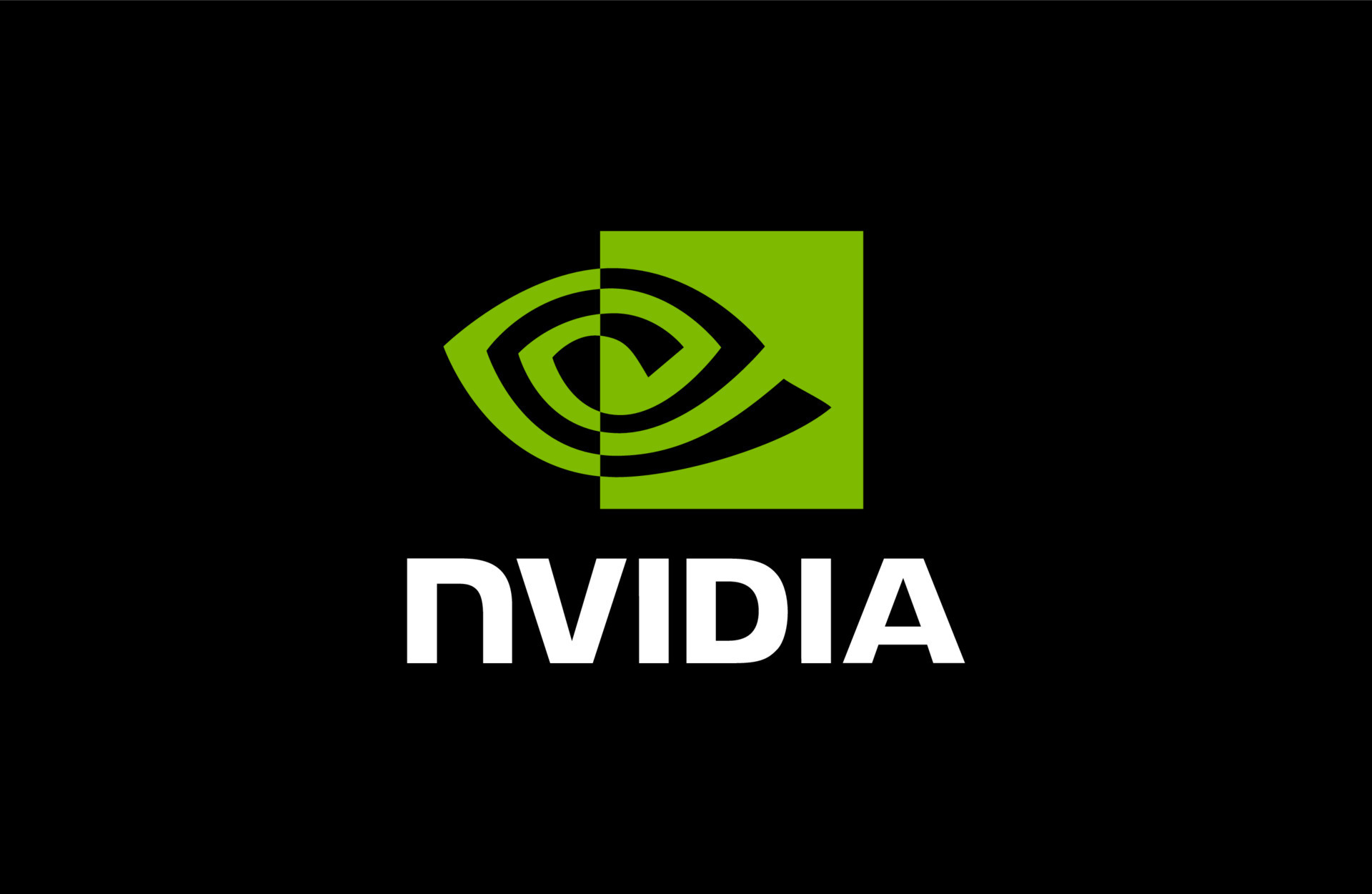
NVIDIA, a titan in the AI hardware space, has found itself embroiled in a contentious debate over the ethics and legality of AI training data acquisition. According to reports from 404 Media and other sources, NVIDIA's team allegedly engaged in large-scale scraping of video content from popular platforms like YouTube and Netflix, as well as considering data from Discovery, to train new AI models.
This revelation comes at a time when the AI industry is under intense scrutiny regarding the sources and methods used to obtain training data. The scale of the alleged operation is staggering, with reports suggesting that NVIDIA was downloading the equivalent of "80 years worth of full-length and clip-length videos every day" for its Project Cosmos.
What makes this case particularly noteworthy is the apparent disregard for copyright and terms of service agreements. YouTube, for instance, explicitly prohibits the downloading of content for such purposes in its terms of service. Netflix, known for its stringent content protection measures, would likely view any unauthorized scraping of its content as a serious violation.
NVIDIA's response to these allegations has been to assert compliance with copyright law, arguing that they're using the data for "transformative purposes" under fair use doctrine. However, this interpretation is likely to face significant legal challenges. The company's claim that "Copyright law protects particular expressions but not facts, ideas, data, or information" seems to gloss over the complexities of copyright law in the digital age.
This controversy highlights several critical issues in the AI industry:
The situation is further complicated by internal communications suggesting that NVIDIA management was aware of potential legal issues but chose to proceed anyway. This raises questions about corporate responsibility and decision-making in the face of ethical and legal uncertainties.
For content creators, particularly those on platforms like YouTube, this revelation is likely to be deeply concerning. Many rely on their content for income and may view this unauthorized use as a form of exploitation.
The broader implications for the AI industry could be significant. If legal action is taken against NVIDIA, it could set precedents that affect how all AI companies approach data acquisition for training purposes. It might also lead to more stringent regulations or self-imposed industry standards.
Moreover, this controversy underscores the ongoing debate about the balance between fostering AI innovation and protecting intellectual property rights. As AI models become more sophisticated, the demand for diverse, high-quality training data increases, putting pressure on companies to find new sources of content.
As this story unfolds, it will be crucial to watch for any legal developments, responses from the platforms whose content was allegedly scraped, and potential shifts in industry practices. The outcome could have far-reaching consequences for the future of AI development, content creation, and digital rights management.
This case serves as a stark reminder of the complex ethical and legal landscape that AI companies must navigate. As the technology continues to advance at a rapid pace, it's clear that the legal and ethical frameworks governing its development are struggling to keep up. The resolution of this controversy could play a significant role in shaping the future of AI development practices and regulations.
Figure’s 02 humanoid robot sets new benchmarks, with 3x AI computing, it performs autonomous tasks, including the ability to speak & correct mistakes. The unveiling of Figure's 02 humanoid robot represents a significant leap forward in the rapidly evolving field of humanoid robotics. Here's our analysis of this groundbreaking development:
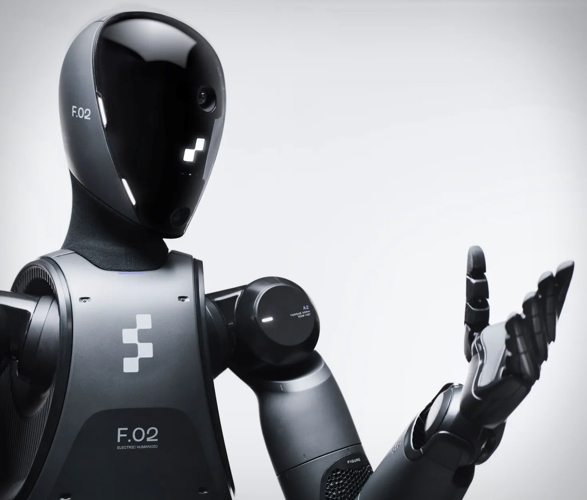
Figure AI has just unveiled its second-generation humanoid robot, the Figure 02, showcasing remarkable advancements that push the boundaries of what's possible in autonomous robotics. This latest iteration builds upon the success of its predecessor, the Figure 01, while introducing a host of new features that set it apart in the competitive landscape of humanoid robots.
One of the most striking improvements in the Figure 02 is its enhanced computing power. With triple the AI computing capabilities of its predecessor, this robot is designed to handle complex, real-world tasks autonomously. This significant boost in processing power enables the Figure 02 to make decisions and adapt to its environment more quickly and effectively, a crucial feature for any robot intended for real-world applications.
The Figure 02's ability to speak and engage in natural language conversations is a game-changer. Leveraging its partnership with OpenAI, Figure has integrated advanced language models into the robot, allowing it to communicate with humans in a more natural and intuitive way. This feature not only enhances the robot's ability to understand and execute voice commands but also opens up new possibilities for human-robot collaboration in various settings.
Perhaps most impressively, the Figure 02 demonstrates the ability to recognize and correct its own mistakes. This self-correction capability is a significant step towards true autonomy and adaptability, allowing the robot to learn and improve its performance over time without constant human intervention.
Physically, the Figure 02 showcases several design improvements. The robot sports a sleeker, matte black finish, moving away from the chrome "armor-like" appearance of its predecessor. This new design isn't just aesthetic; it reflects a shift towards a more production-ready model. The cabling, previously external for easy access during testing, is now integrated into the robot's limbs, offering better protection and preparing the Figure 02 for long hours of operation in real-world environments.
The robot's hands have also seen significant upgrades, now featuring 16 degrees of freedom and the ability to carry up to 25 kg (55.1 lb). This improved dexterity and strength expand the range of tasks the Figure 02 can perform, making it more versatile in industrial and potentially domestic settings.
Figure AI's partnership with BMW is particularly noteworthy, as it demonstrates the real-world potential of these humanoid robots in manufacturing environments. The Figure 02 has already visited BMW's Spartanburg facility for training and data collection, signaling a serious push towards integrating humanoid robots into industrial workflows.
While the Figure 02 represents a significant advancement, it's important to note that we're still in the early stages of humanoid robot deployment. Safety considerations, particularly for robots designed to work alongside humans without safety cages, remain paramount. The integration of speech capabilities and advanced sensors will play a crucial role in ensuring safe human-robot interactions.
As we look to the future, Figure AI hints at broader applications beyond the factory floor, including potential use in home environments. This vision of humanoid robots assisting in various aspects of our lives is both exciting and challenging, raising questions about the future of work, privacy, and human-AI interaction.
In conclusion, the unveiling of the Figure 02 marks a significant milestone in the development of humanoid robots. With its enhanced AI capabilities, improved physical design, and advanced communication features, it represents a major step towards realizing the potential of humanoid robots in real-world applications. As Figure AI and other companies in this space continue to innovate, we can expect to see increasingly sophisticated and capable humanoid robots playing larger roles in our industries and potentially our daily lives.
MistralAI released La Plateforme API builder enabling developers to create & configure agents, and an Agent API, integrating agent creation into workflows seamlessly on Mistral Large2 (2407). The release of MistralAI's La Plateforme API builder and Agent API represents a significant advancement in the AI development landscape. Here's our analysis of this exciting development:
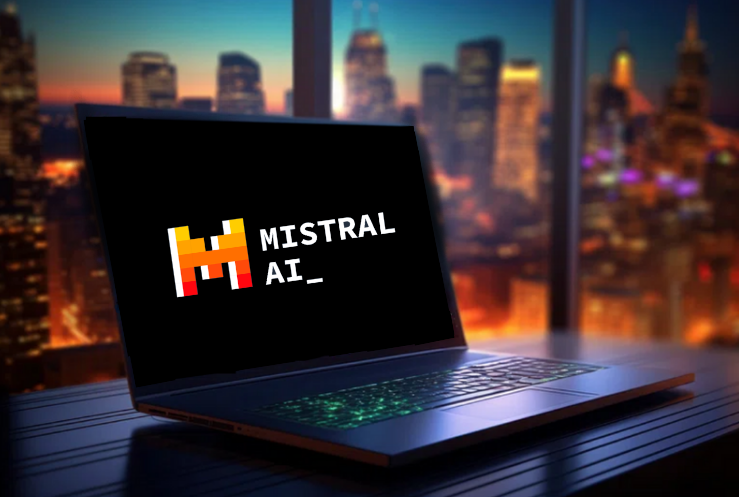
MistralAI, a rising star in the AI industry, has just unveiled two major additions to its ecosystem: La Plateforme API builder and the Agent API. These new tools are set to revolutionize how developers interact with and leverage MistralAI's powerful language models, particularly the Mistral Large2 (2407) model.
La Plateforme API Builder is a game-changer for developers looking to create custom AI agents. This tool allows for the seamless configuration and deployment of AI agents, providing a user-friendly interface for developers to harness the power of MistralAI's language models. The platform's intuitive design means that even those without deep expertise in AI can now create sophisticated AI agents tailored to specific use cases.
The Agent API, on the other hand, takes this a step further by allowing developers to integrate agent creation directly into their workflows. This API enables programmatic creation and management of AI agents, opening up new possibilities for automation and scalability in AI-driven applications. By leveraging the Mistral Large2 (2407) model, these agents can perform complex tasks with high accuracy and efficiency.
What sets MistralAI's offering apart is its focus on the Mistral Large2 (2407) model. This model, known for its advanced capabilities in natural language understanding and generation, serves as the backbone for these new tools. The combination of a powerful model with flexible development tools creates a potent ecosystem for AI innovation.
The implications of these releases are far-reaching:
However, it's important to note that with great power comes great responsibility. As these tools make it easier to create and deploy AI agents, questions about ethics, data privacy, and responsible AI use become increasingly important. MistralAI will need to ensure that proper safeguards and guidelines are in place to prevent misuse of their technology.
Looking ahead, the release of La Plateforme API Builder and the Agent API could mark a significant shift in how businesses and developers approach AI integration. We can expect to see a proliferation of custom AI agents across various sectors, from customer service to data analysis and beyond.
As the AI landscape continues to evolve rapidly, MistralAI's latest offerings demonstrate the company's commitment to innovation and accessibility in AI development. It will be fascinating to watch how developers and businesses leverage these new tools and what kind of groundbreaking applications emerge as a result.
This release not only strengthens MistralAI's position in the competitive AI market but also pushes the entire industry forward, challenging other players to enhance their offerings and make AI development more accessible and powerful. As we move into this new era of AI agent creation and deployment, MistralAI has certainly positioned itself at the forefront of this exciting frontier.
LIked this article? Find more AI and ML news here: ML AI News.
by ML & AI News
6,430 views
Machine Learning Artificial Intelligence News
https://machinelearningartificialintelligence.com
AI & ML



Sign Up for Our Newsletter